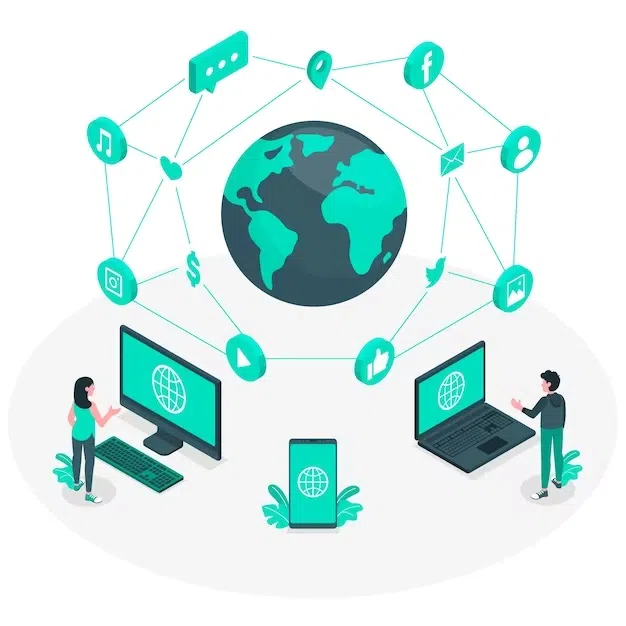Introduction
In the realm of telecommunications, the advent of 5G technology is ushering in a transformative era of connectivity, promising faster speeds, lower latency, and a host of new possibilities. The fifth generation of wireless technology, commonly known as 5G, is not just an incremental improvement but a revolutionary leap that is reshaping how we connect, communicate, and experience the digital world. In this blog, we’ll delve into the rise of 5G technology, its key features, applications across industries, and the profound impact it’s set to have on our daily lives.
Understanding 5G Technology
1. Speed and Bandwidth:
5G brings unparalleled speed and bandwidth, offering data rates that are exponentially faster than its predecessor, 4G. This enables quicker downloads, seamless streaming, and enhanced user experiences.
2. Low Latency:
With significantly reduced latency, the time it takes for data to travel from the source to the destination is minimized. This is crucial for applications that demand real-time responsiveness, such as online gaming, augmented reality (AR), and virtual reality (VR).
3. Connection Density:
5G can accommodate a massive number of connected devices simultaneously. This is a critical feature for the growing Internet of Things (IoT) ecosystem, where countless devices are interconnected for data exchange.
4. Network Slicing:
Network slicing allows the creation of virtual, customized networks tailored to specific applications or industries. This flexibility is instrumental in catering to diverse connectivity needs, from autonomous vehicles to smart cities.
Applications Across Industries
1. Healthcare:
5G facilitates remote patient monitoring, telemedicine, and the rapid transfer of large medical data files. This is particularly valuable for enhancing healthcare services and reaching patients in remote areas.
2. Manufacturing:
In the manufacturing sector, 5G supports the implementation of smart factories. With its low latency and high reliability, it enables real-time monitoring and control of machinery and processes.
3. Autonomous Vehicles:
The low latency and high-speed capabilities of 5G are essential for enabling communication between autonomous vehicles and infrastructure, ensuring safe and efficient transportation.
4. Education:
Remote learning experiences are significantly enhanced with 5G, offering seamless video conferencing, interactive virtual classrooms, and access to resource-intensive educational content.
5. Entertainment:
The gaming and entertainment industry benefits from 5G’s high-speed, low-latency connectivity, enabling immersive gaming experiences, augmented reality applications, and seamless content streaming.
Challenges and Future Developments
1. Infrastructure Deployment:
The widespread deployment of 5G infrastructure is a complex and resource-intensive task. Many regions are still in the process of building the necessary infrastructure to fully realize the potential of 5G.
2. Security Concerns:
As with any technological advancement, the rise of 5G brings forth security concerns that need to be addressed. The increased connectivity and the sheer volume of data transmitted require robust security measures.
3. Global Standardization:
Achieving global standardization for 5G networks is an ongoing challenge. Collaborative efforts are essential to ensure seamless connectivity and interoperability on a global scale.
Conclusion: A Connected Future
The rise of 5G technology marks a pivotal moment in the evolution of connectivity, offering a glimpse into a future where data moves at unprecedented speeds, and connectivity becomes an integral part of every aspect of our lives. As 5G continues to mature and expand its footprint, the potential for innovation across industries is vast, promising a new era of digital possibilities and shaping the way we live, work, and interact with the world.
For more updates stay with boardofjobs.com

